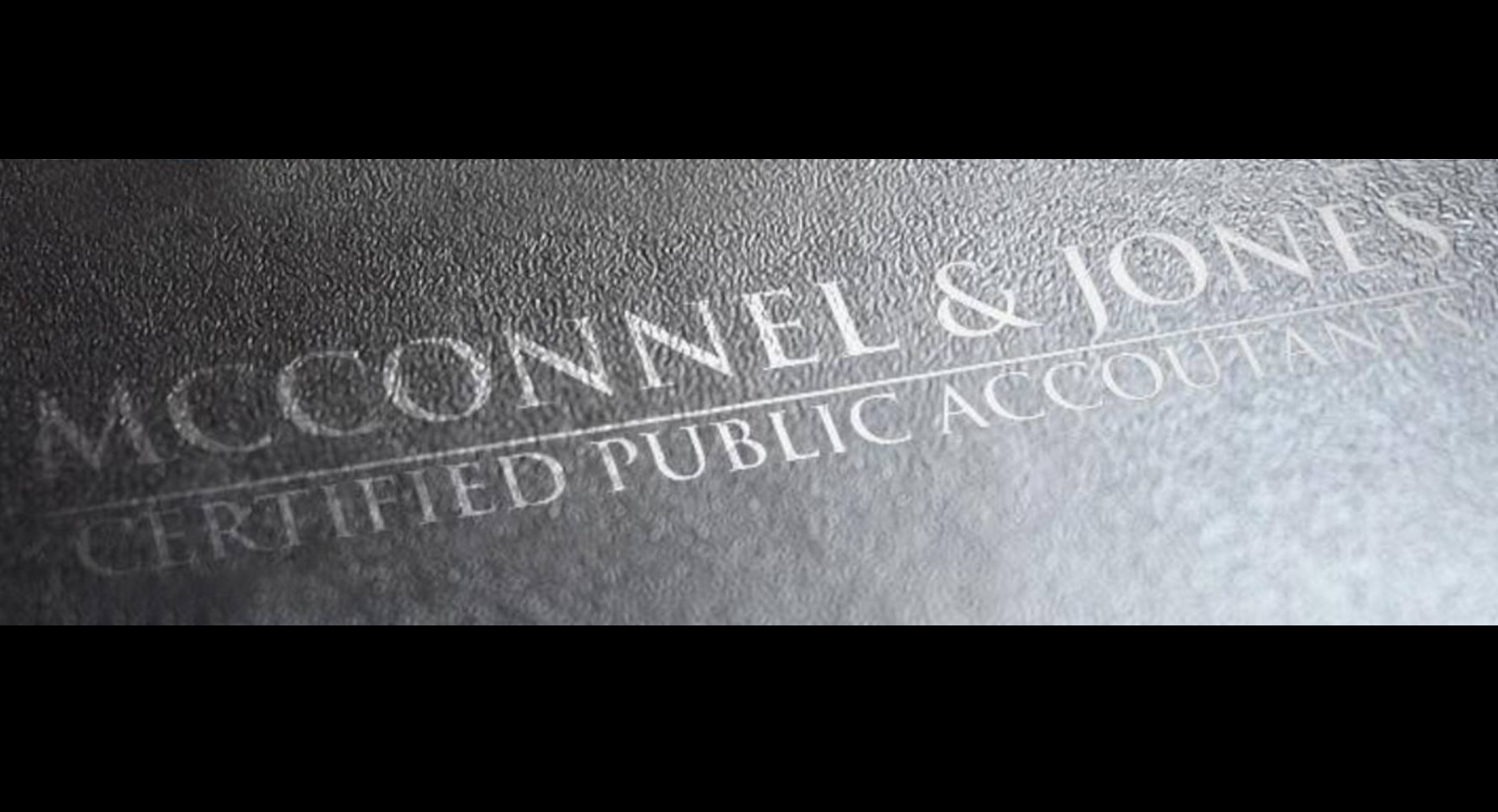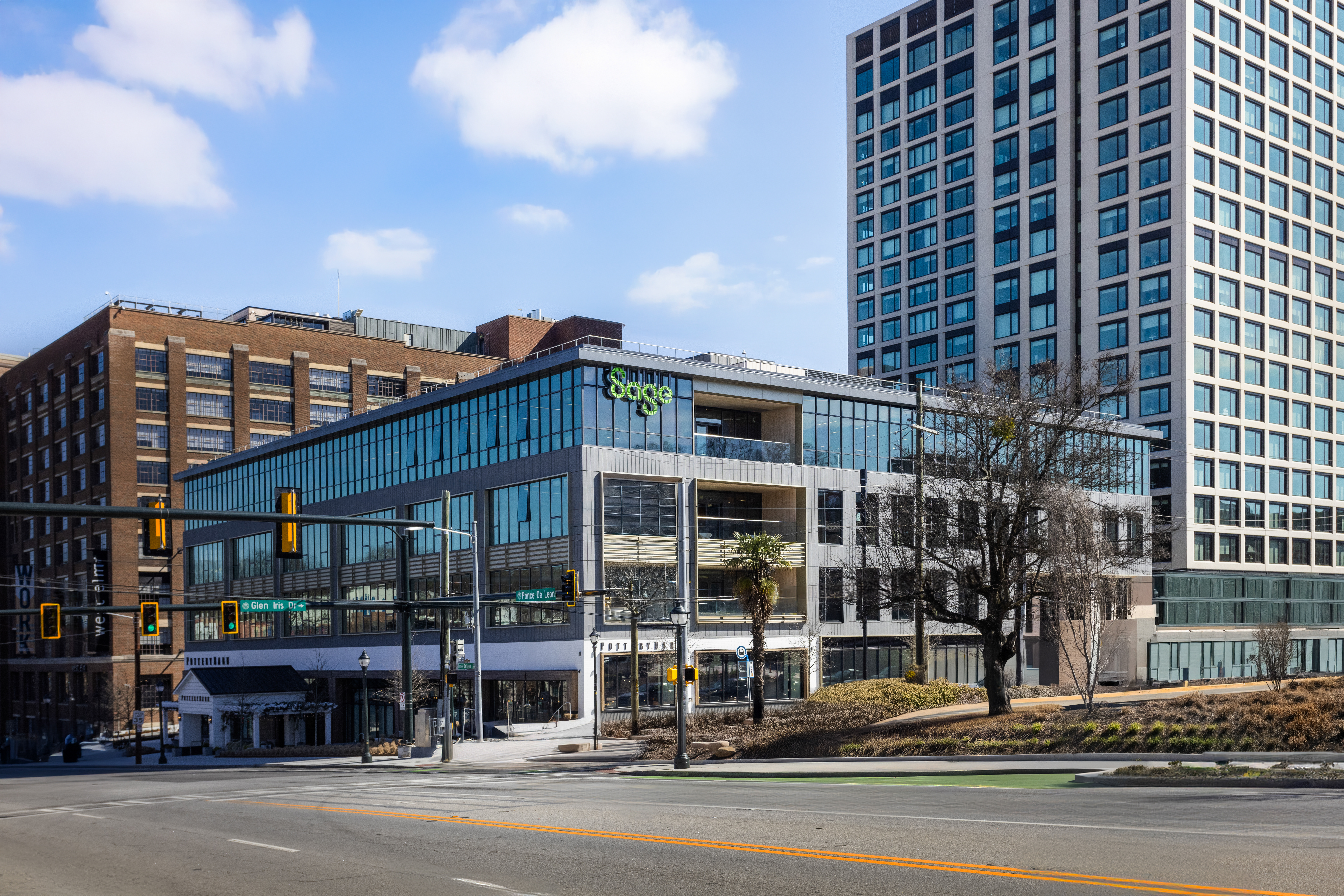By Amelia Pollard, Bloomberg News (via TNS).
Silicon Valley Bank became the biggest U.S. bank failure in more than a decade, after its long-established customer base of tech startups grew worried and yanked deposits.
The move by California state regulators to take possession of the lender on Friday and appoint the Federal Deposit Insurance Corp. receiver caps a vicious fall for a Silicon Valley stalwart. It’s also the second regional lender to fold this week after Silvergate Capital Corp. announced it was voluntarily liquidating its bank, spurring a selloff in bank stocks and concerns that more firms might be headed for closure.
The FDIC said that insured depositors would have access to their funds by no later than Monday morning. Uninsured depositors will get a receivership certificate for the remaining amount of their uninsured funds, the regulator said, adding that it doesn’t yet know the amount. In announcing the takeover, the California Department of Financial Protection and Innovation cited inadequate liquidity and insolvency.
Problems mounted for the bank, known as SVB, after Peter Thiel’s Founders Fund and other high-profile venture capital firms advised their portfolio companies to pull money from the bank. The calls followed parent company SVB Financial Group announcing that it would try to raise more than $2 billion after a significant loss on its portfolio.
Receivership typically means a bank’s deposits will be assumed by another, healthy bank or the FDIC will pay depositors up to the insured limit.
“The FDIC receivership will end the uncertainty about this particular bank,” said Saule Omarova, a law professor at Cornell University. “But I don’t think that necessarily itself stops people from feeling less safe if they have some kind of exposure to assets or they hold their own money in banks with similar risk profiles.”
“Bank runs are a lot about psychology. And at this point, it’s very rational to be nervous,” she added.
SVB was founded in 1983 over a poker game between Bill Biggerstaff and Robert Medearis, according to a statement from the bank’s 20th anniversary. Since its start, the firm has specialized in providing financial services to tech startups.
The bank had about $209 billion in total assets and about $175.4 billion in total deposits at the end of last year, the FDIC said on Friday. “At the time of closing, the amount of deposits in excess of the insurance limits was undetermined,” the regulator said.
(With assistance from Max Reyes.)
___
©2023 Bloomberg L.P. Visit bloomberg.com. Distributed by Tribune Content Agency, LLC.
Thanks for reading CPA Practice Advisor!
Subscribe Already registered? Log In
Need more information? Read the FAQs
Tags: Accounting



